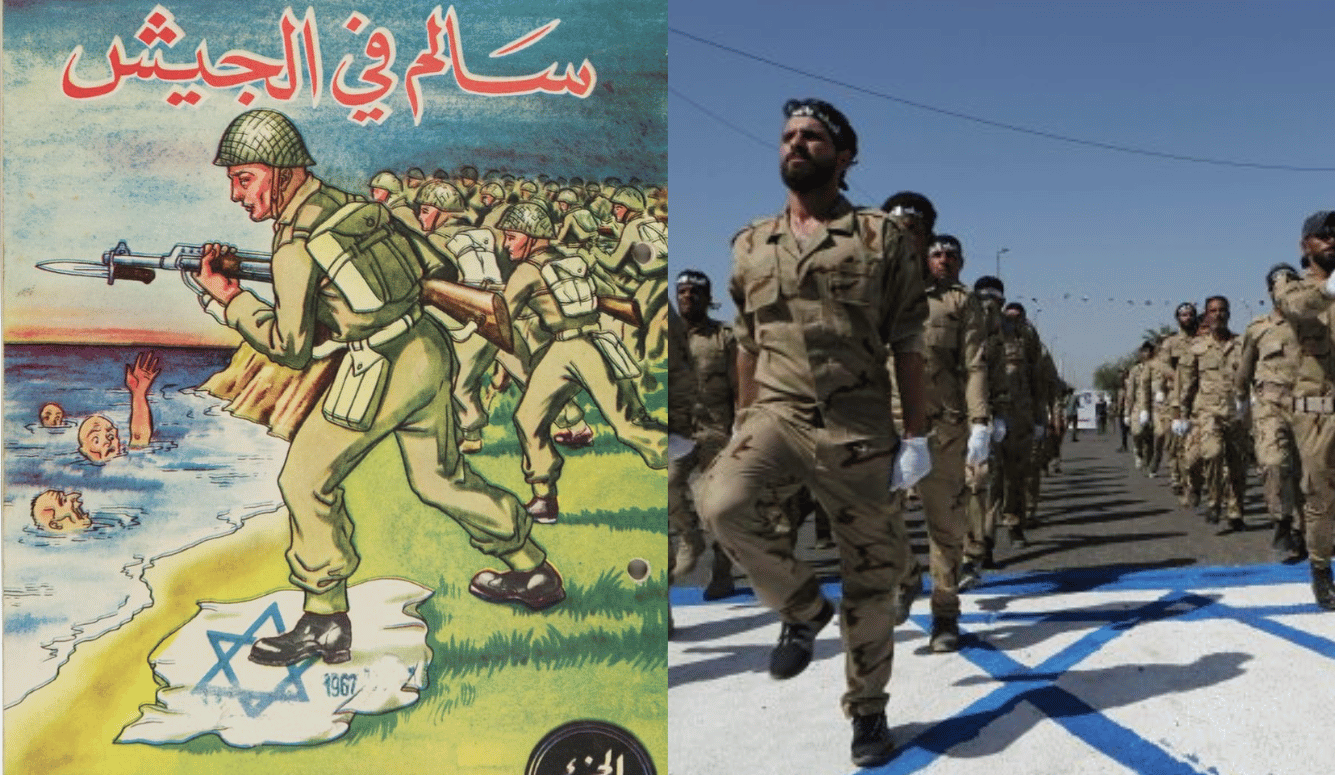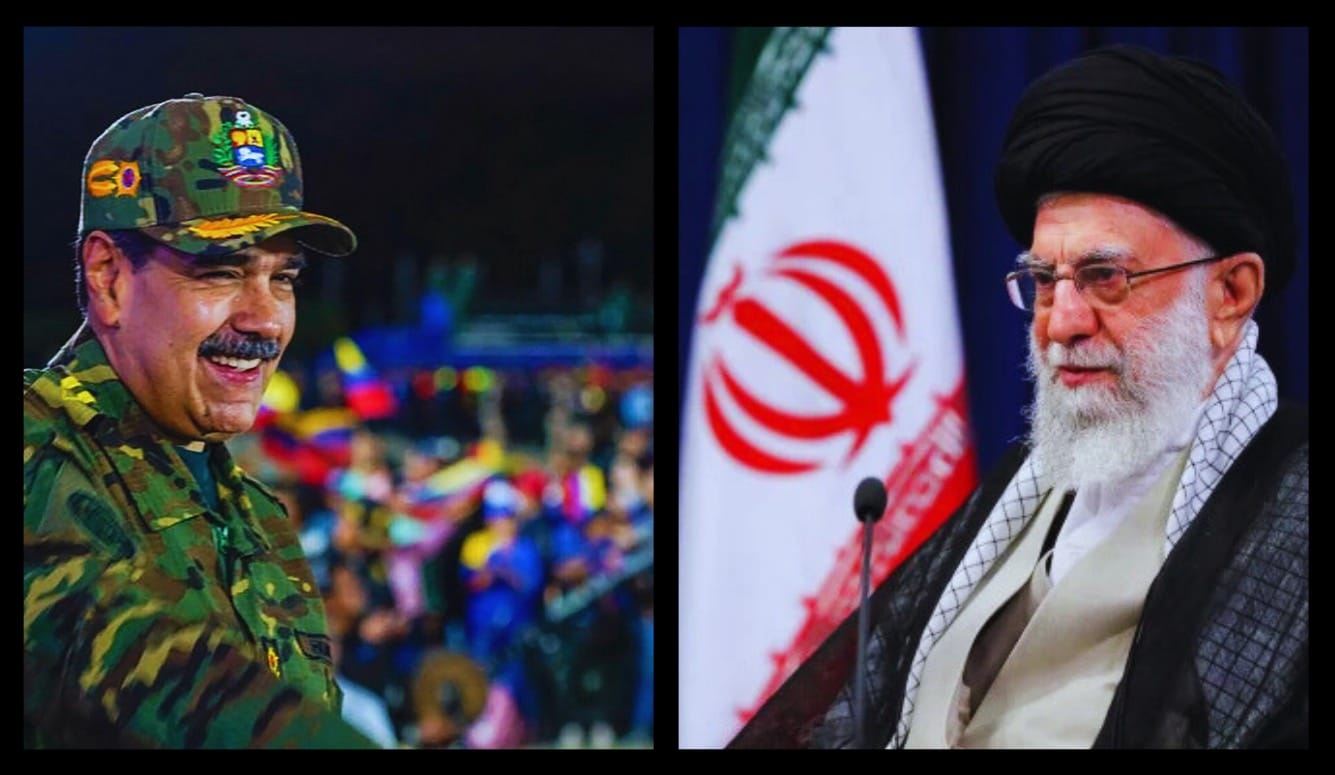Politics
A Crisis of Aid and Information
Distinguishing fact from fiction is crucial to understanding the situation in Gaza and holding the correct parties accountable.

Since the Israel–Hamas war broke out in 2023, Gaza’s humanitarian crisis has become a focal point of international debate and widespread misinformation. Harrowing images of emaciated children and distressed families circulate daily, intensifying claims that Gaza is nearing famine. Meanwhile, Israeli and UN data indicate large aid convoys entering the territory. This contradiction (plentiful supplies on paper, yet ongoing hunger on the ground) has caused confusion over what is true and who bears responsibility for the deteriorating conditions in the Strip. Amid the chaos of war, what we know and don’t know has often been obscured by propaganda. Distinguishing fact from fiction is crucial to understanding Gaza’s aid crisis and holding the correct parties accountable.
Updates - July 18:
— COGAT (@cogatonline) July 19, 2024
🚛210 trucks carrying humanitarian goods were transferred to Gaza. The trucks entered via the Kerem Shalom and Erez Crossings, and originated from Jordan, Israel, and Egypt.
⛽️1 tanker of fuel for the operations of vital infrastructure was transferred to… pic.twitter.com/iehBsaZEt5
What we do know is that Gaza’s two million-plus residents have faced severe shortages of food, water, and medicine since the war began. Most recently, Israel’s blockade during the spring of 2025 and ongoing IDF military operations dramatically disrupted supply lines for weeks, leaving many Gazans struggling to survive. After an international outcry, limited aid deliveries resumed in mid-May, and by the early summer, millions of tonnes of aid had entered Gaza. Yet reports of hungry children and people scavenging for scraps continued. We also know that a new aid distribution system—the Gaza Humanitarian Foundation (GHF)—was launched with US and Israeli backing in late May 2025, delivering over 100 million meals within two months. What we do not know with certainty is how much aid has actually reached Gaza’s most vulnerable citizens, or how many people have truly died from starvation rather than other causes. Assertions of “famine” in Gaza often rest on fragmentary data and politically charged narratives. Misinformation has proliferated, making it difficult for outsiders to distinguish fact from exaggeration.
All things being equal, the sheer volume of aid sent into Gaza should have prevented mass starvation. From November 2024 onwards, daily convoys carried enough food to meet the population’s basic needs, and warehouses in Gaza filled up during ceasefires. However, supply is not the same as access, and much of this aid did not reach those who needed it most. The final stage of distribution broke down, particularly for families without ties to powerful factions of influential clans or militant groups. Even after a ceasefire in January 2025 allowed a large influx of supplies, pockets of Gaza experienced intense hunger, a clear sign that the aid was bottlenecked before reaching many civilians. In short, Gaza’s crisis was one of distribution failure rather than an absolute lack of food.
Why did the distribution system collapse? Several factors converged. The war itself displaced over a million people into makeshift shelters, disrupting the usual community networks through which aid used to flow. Israel’s strict monitoring of supplies, intended to prevent Hamas from seizing goods, slowed down and centralised deliveries. Most notably, Hamas authorities in Gaza actively undermined the process. From the war’s outset, Hamas openly refused any responsibility for civilian well-being. In October 2023, senior Hamas official Mousa Abu Marzouk was asked why Hamas built tunnels to protect its fighters but not bomb shelters to protect Gaza’s citizens. "Everybody knows,” he replied, “that 75 percent of the people in the Gaza strip are refugees, and it is the job of the United Nations to protect them.”
This was not mere rhetoric. Hamas and other militants effectively monopolised aid distribution within Gaza, seizing control of whatever supplies came in. By late July/early August 2025, approximately ninety percent of UN convoys were being “offloaded by hungry crowds or looted by armed gangs along aid convoy routes.” Gunmen seized or diverted aid convoys at will, and local warlords stole supplies to sell on the black market. Instead of facilitating humanitarian relief, Hamas deemed shortages to be politically advantageous: they could extort desperate civilians for loyalty or payment in exchange for food, while also blaming Israel for any suffering. In short, maintaining a degree of deprivation has served Hamas’s interests, both financially and as propaganda.
These troubling realities challenge the simple story that Israel’s blockade alone caused starvation in Gaza. Unfortunately, a lot of Western media coverage missed the details. Sensational claims of imminent famine spread faster than the more straightforward truth that aid is available but not always reaching people. Predictions of tens of thousands of deaths have not materialised at the time of writing, and early UN statements about low delivery figures were quietly revised upwards once complete data emerged. But these corrections received little notice. In public discussion, dire predictions persisted even after the underlying data changed. For example, stories of “zero aid,” “blockade,” or mass starvation were repeated by advocacy groups long after relief shipments resumed. This echo chamber of horror stories, amplified by social media, obscured the reality on the ground. Humanitarian conditions in Gaza have been extremely difficult, but the most extreme narratives often failed to account for the chaos in distribution, partly orchestrated by Hamas.





